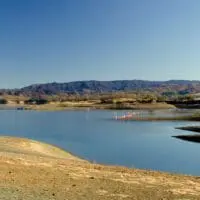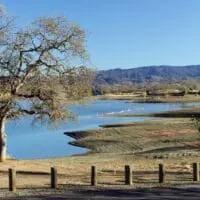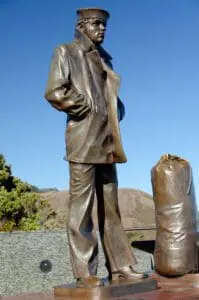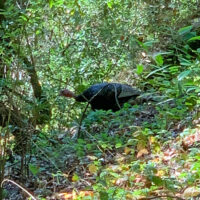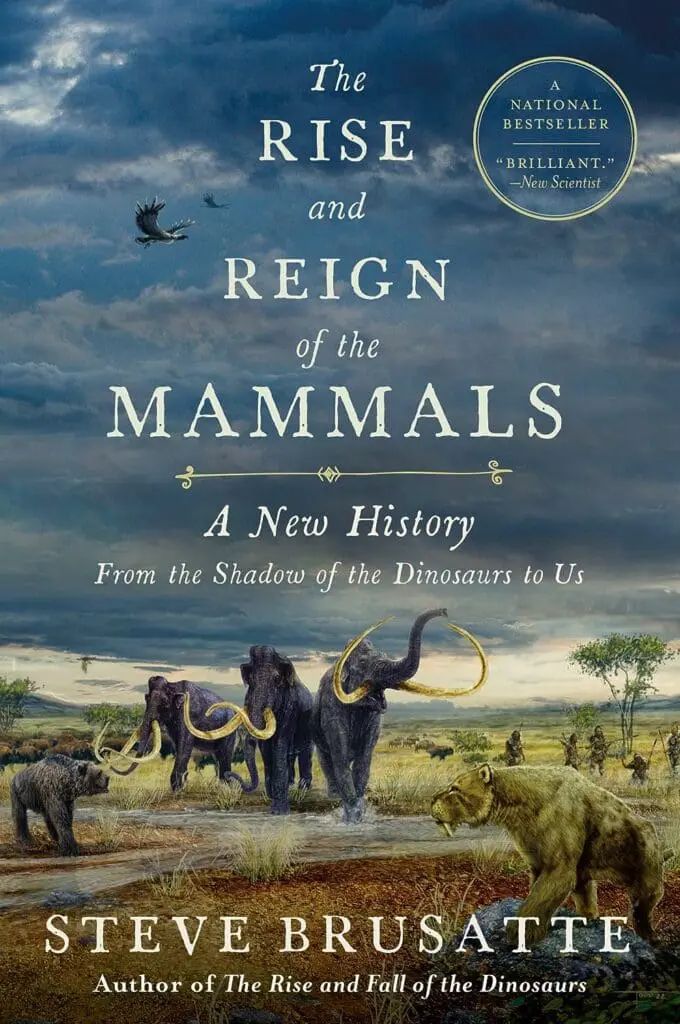
Well, at least for now…
I just finished reading a fabulous natural history book, The Rise and Reign of the Mammals, by Steve Brusatte. It chronicles their (our!) origin from when they first split off from the last common ancestor of dinosaurs and mammals to the present day.
What makes the book such a treat is Brusatte’s writing style. He shares a ton of research in an easily-accessible storytelling format. These frequently take the form of highlighting something that appears so minor as to be inconsequential…and then explaining how unique it actually is.
Take mammalian teeth. Unlike the other classes of animals they don’t regenerate if one is damaged or lost. Instead, mammals grow one set of baby teeth and then replace them with adult teeth once the jaw is close to fully-grown. On the face of it this seems like a stupid way to manage teeth, perhaps the vestige of some ancient deleterious mutation ages ago.
But it’s not. In fact, it’s necessary to the mammalian lifestyle of consuming enormous amounts of food to stay warm, keep active and host a powerful mind. To be able to eat a lot, particularly when you want to stay small to avoid attracting predators, you need to process food efficiently, starting with slicing, dicing and grinding it in your mouth, rather than just tearing it up and passing it along to your gut.
Upper and lower mammalian teeth work together — molars are like a mortar and pestle — to get that higher level of efficiency. But that means they have to work in pairs — if you lose one side, you can’t just regrow a new tooth because it won’t match the wear patterns of the other, remaining tooth1.
The book is chock full of insights like this. Plus, he manages to humanize much of the discovery process by exploring the entertaining details behind many of the major archeological discoveries. Not to mention a number of the battles between dueling archaeologists.
I highly recommend this book for anyone who has even a passing interest in how much of the world got to be the way it is today.
Certain mammals, like beavers, appear to regenerate teeth. But it’s actually not a regenerative process. Instead, it’s a “grow constantly and wear away constantly” process, and evolved hundreds of millions of years after the initial mammalian jaw/tooth design was laid down. ↩

